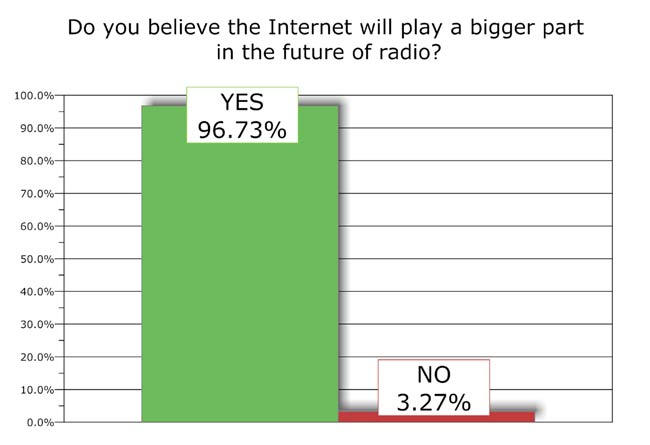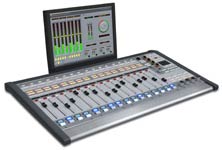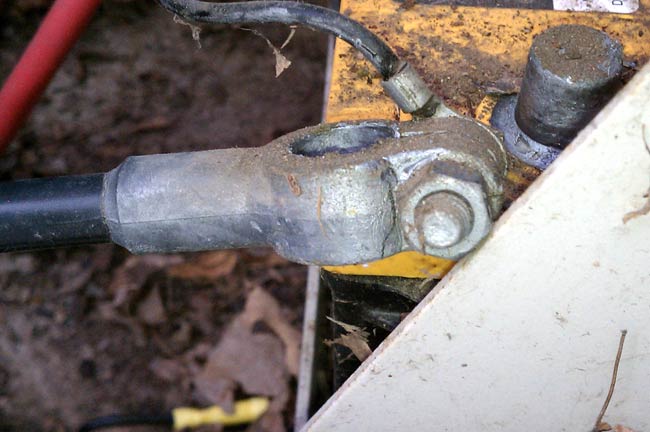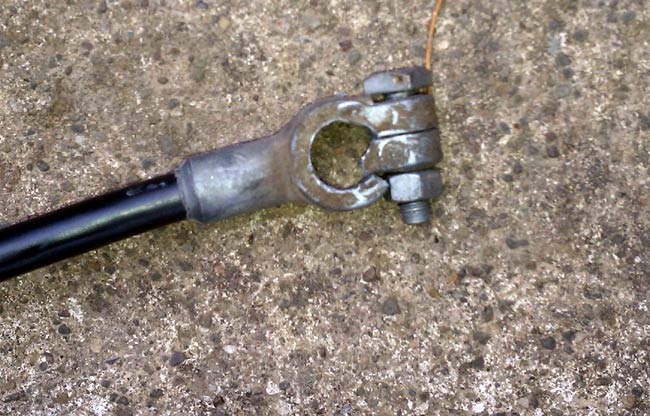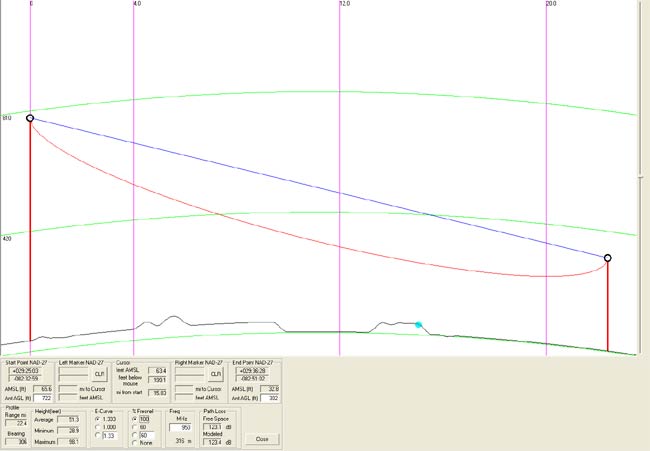I am reading up on American Bird Conservancy v. FCC. I must admit, I am a bit ignorant of all this bird v. tower stuff. After all, in my 25 to 30 years of working in radio, in and around towers almost every day, I have rarely seen a dead bird. By rarely, I mean I recall seeing exactly three dead birds at the base of towers. One, a mysterious-looking songbird under a 1000-foot tower in Harrisburg, PA. Another was a Pileated Woodpecker that flew into a chain link fence. The third was a half-eaten dead crow that likely met his fate at the hands of the resident Red-Tailed Hawk, who hung out on the tower looking for meals.
Even so, the FCC is going to hold hearings on this important matter, because it is so important. They also have finished all their other work and have nothing else to do.
According to the website Towerkill.com, millions of birds have been killed because they have flown into communications towers. In the FAQ section:
Thousands of migrant songbirds killed in a night at a single 1000-foot high television tower
I couldn’t reach BioFile Services, the domain owner, on their cell phones for comment.
I have been to hundreds of tower sites in states up and down the eastern seaboard, California, and Guam. In all that time, I can only account for one bird that may have died by flying into a tower. Where are all the other ones? Surely, when they hit the tower, they fall almost straight down, on account of gravity and the other laws of physics. That means the terrible carnage would be evident near the base of the tower, right?
The above-mentioned website states that tall towers that are in foggy areas and are lit at night pose the greatest risk.
Case in point:
1. WBNR, which has two 405-foot towers, is located along the Hudson River so it is often fogged in at night. The towers have four levels of lights with flashing beacons at the 200 and 400-foot levels. The site is also on a major N/S migration route for birds. Further still, it has a lawn extending 200-300 feet from the base of all the towers. This was the former studio location from 1959 until 1998. In the ten years, I worked there, I did not see one dead bird, nor did the tenant that lives in the building. No employees who worked at the former studio location recall seeing any dead birds either.
2. Mount Beacon, a group of 5 towers ranging up to 300 feet tall near the summit of Mount Beacon, around the 1200-foot AMSL. Certainly, these towers stick way up into the flight paths of migratory birds. One tower is lit at night with a red beacon light and it is often foggy. The area around the base of the towers is gravel/dirt and cleared away for at least 100 feet. Still, no bird carcasses. Nearby, however, there is a group of Bald Eagles, which have taken up residence in some of the craggy rocks.
3. Illinois Mountain, Highland, NY: Same story
4. Clove Mountain, Uniondale, NY: Same story
5. Mount Zion, Highland, NY: Same Story
6. Helderburg Escarpment, New Scottland, NY which has towers for the following stations: WRGB, WRVE, WFLY, WYJB, WPYX, WGNA, WMHT, WTEN, and WXXA: Same Story
7. Mount Equinox, Manchester, VT: Same Story
8. Pico Mountain, Rutland, VT: Same Story
9. WHP transmitter site, Enola, PA, six towers 410 feet tall: Same Story
10. WGY tower site, Schenectady, NY: 620-foot tower, same story
11. WHP-TV/WITF Harrisburg: The only place I saw a dead bird was at the base of a tower.
I could continue with the no dead birds found and include tower sites for WROW, WRZN, WDVH, WKZY, WXPK, WLNA, WKBO, WTPA, WIZR, WENT, and so on.
I would testify to these facts under oath.
There may actually be a few towers out there that are located in a position to inadvertently kill birds and that is unfortunate. The majority of towers, however, are no more deadly to birds than other man-made structures like houses and office buildings. I can think of at least two dozen times that I have been working in the office or sitting at home and there is a great big “THUNK!” Outside there is a dead bird under the window. While that is regrettable, I am not going to take the glass out of my windows.
I also see many dead birds on the side of the road when I am walking or riding my bike.
Human pets, especially cats take a huge toll on wild birds.
Loss of natural habitat from development takes a toll on birds.
This is a Red Herring. It is time to put this foolishness to bed and get back to the business at hand.

